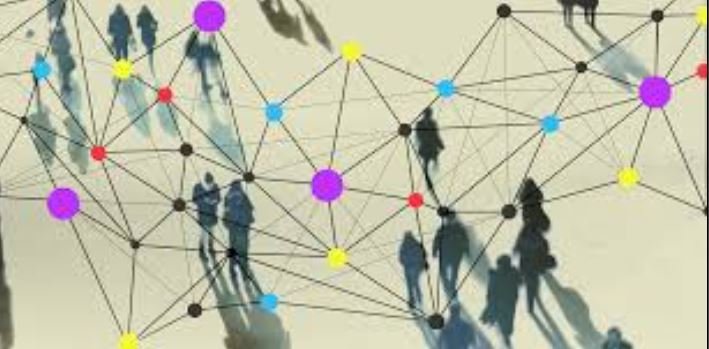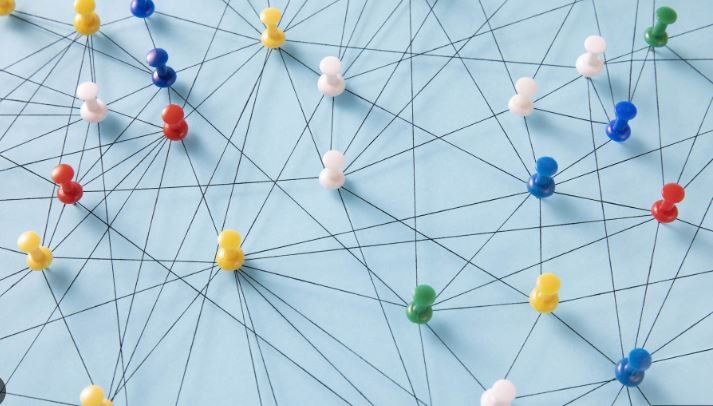Customer journey mapping is a strategic process that helps businesses understand and improve the customer experience from start to finish. By visualizing the entire customer journey, companies can identify pain points, streamline processes, and enhance satisfaction. This guide will explore the essentials of customer journey mapping and provide strategies to optimize the customer experience.

1. What is Customer Journey Mapping?
Customer journey mapping involves creating a visual representation of the steps and interactions a customer goes through when engaging with a brand. This map outlines every touchpoint, from initial awareness to post-purchase support. Understanding this journey allows businesses to better align their strategies with customer needs and preferences.
A well-crafted customer journey map highlights key stages, including awareness, consideration, purchase, and post-purchase. It also identifies various touchpoints such as website visits, customer service interactions, and product usage. By visualizing these interactions, businesses can gain valuable insights into customer behavior and preferences.
2. Steps to Create an Effective Customer Journey Map
To create an effective customer journey map, follow these essential steps:
- Define Objectives: Start by outlining the goals of the journey map. Are you aiming to improve customer satisfaction, increase conversion rates, or enhance product usability? Clear objectives will guide your mapping process.
- Identify Customer Personas: Develop detailed profiles of your target customers. Include demographics, preferences, pain points, and behaviors. Understanding your customer personas will help tailor the journey map to their specific needs.
- Map Customer Touchpoints: List all interactions customers have with your brand across different channels. Include online and offline touchpoints such as social media, email, website visits, and in-store experiences.
- Gather Data: Use various data sources to understand customer behavior. This can include surveys, interviews, web analytics, and customer feedback. Data will provide insights into how customers interact with your brand at each touchpoint.
- Visualize the Journey: Create a visual representation of the customer journey, using tools like flowcharts, diagrams, or specialized software. Ensure the map is clear and easy to understand, with distinct stages and touchpoints.
- Identify Pain Points and Opportunities: Analyze the journey map to identify areas where customers experience difficulties or frustrations. Look for opportunities to improve the experience, such as streamlining processes, enhancing communication, or addressing common issues.
- Implement Changes: Use insights from the journey map to make targeted improvements. This could involve redesigning processes, enhancing customer support, or optimizing digital channels.
- Monitor and Refine: Regularly review and update the customer journey map based on new data and feedback. Continuously refining the map will help ensure it remains relevant and effective.
3. Benefits of Customer Journey Mapping
Customer journey mapping offers several benefits, including:
- Enhanced Customer Experience: By understanding the customer journey, businesses can make informed decisions to enhance the overall experience, leading to increased satisfaction and loyalty.
- Improved Customer Retention: Addressing pain points and optimizing touchpoints can improve retention rates by creating a smoother, more enjoyable experience for customers.
- Increased Conversion Rates: Identifying and addressing obstacles in the journey can help remove barriers to conversion, leading to higher sales and revenue.
- Better Alignment Across Teams: A clear customer journey map fosters alignment among different departments, ensuring everyone understands customer needs and works towards common goals.
- Informed Decision-Making: Insights from the journey map provide valuable data for making strategic decisions, such as product development, marketing strategies, and customer service improvements.
4. Tools and Resources for Customer Journey Mapping
Several tools and resources can aid in creating and managing customer journey maps:
- Journey Mapping Software: Tools like Microsoft Visio, Lucidchart, and Smaply offer features to create detailed and interactive journey maps.
- Customer Analytics Platforms: Platforms like Google Analytics, HubSpot, and Salesforce provide data on customer interactions and behavior.
- Survey and Feedback Tools: Tools like SurveyMonkey, Typeform, and Qualtrics can gather customer feedback to inform the journey mapping process.
Conclusion
Customer journey mapping is a valuable process for understanding and enhancing the customer experience. By creating a visual representation of the customer journey, businesses can identify pain points, optimize touchpoints, and make informed decisions to improve satisfaction and drive success. Utilizing the right tools and resources can streamline the mapping process and ensure its effectiveness. Embrace customer journey mapping to foster stronger connections with your audience and achieve your business objectives.











